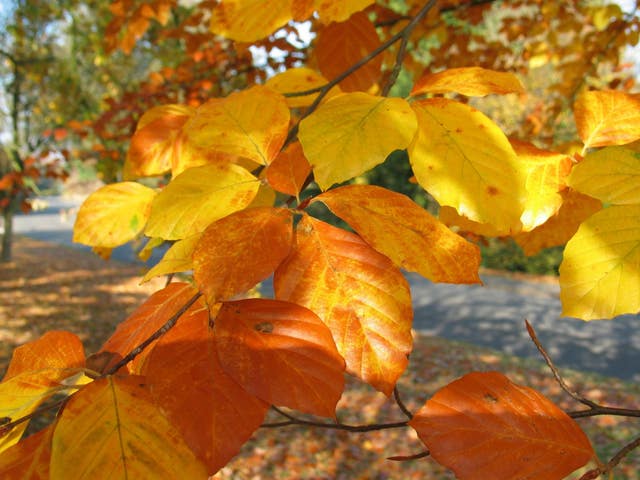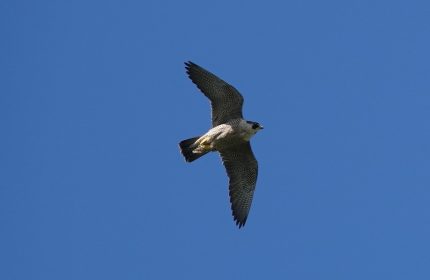4 tips for recycling your autumn leaves into a rich leafmould mulch
Ditching your autumn leaves? Why not make them into leafmould to enrich your borders? We show you how.
As you’re raking leaves off your lawn, beds and borders, don’t consign them to the recycling bin when you can make a rich leafmould out of them which will protect your borders.
Leafmould is such an easy thing to make. All you need is a good rake, some plastic bags – and patience.
1. Get raking

Raking leaves
Use a good wide-fanned rake to clear leaves from your lawn, beds and borders, gathering them in one spot so they’ll be easy to scoop up. If you have a large garden, a leaf blower may make the job easier. Alternatively, use a rotary mower on your lawn to shred and gather the leaves in the grass box, to add to the pile.
2. Suitable candidates

Beech leaves are ideal
Beech, hornbeam and oak provide some of the best leaves for leafmould, because they break down easily, although tougher specimens including needles from conifers will eventually break down. Thicker leaves from sycamore and horse chestnut will need shredding as they take longer to break down. You’ll be better off shredding holly and cherry laurel and adding them to the compost bin as they take much longer to decompose.
3. Stuff into bags

Leaf composting sacks
Virtually any container with airholes will do, and you can buy biodegradable leaf compost sacks, but the cheapest is probably black plastic bin liners with airholes punched into them with a garden fork. Wet the leaves if they are dry, then pile them into the bags, tying loosely at the top.
3. Leave to decompose

Leafmould mulch
Place the bags in a quiet, sheltered, preferably hidden-away spot in the garden, where they will start to break down. You should have a rich, dark leafmould within two years. Make sure you rewater it regularly in dry weather and turn the heap if it is slow to break down.
4. Best uses

Use it as a mulch
Add leafmould to beds and borders as a mulch, to suppress weeds and keep moisture in the soil. Well-rotted leafmould left for more than two years can also be used as seed-sowing compost. But watch out for weeds in the leafmould and remove them when you start to use it.
The Press Association
Latest posts by The Press Association (see all)
- Actor Richard Chamberlain dies aged 90 - March 30, 2025
- 5 new books to read this week - March 26, 2025
- 6 things a physio wishes people over 60 would stop doing - March 25, 2025
- NHS reminder to 7.5m people as Covid-19 jab booking system opens - March 25, 2025
- The truth about cholesterol – what you need to know - March 25, 2025




















